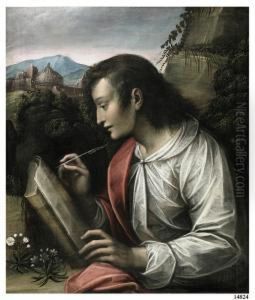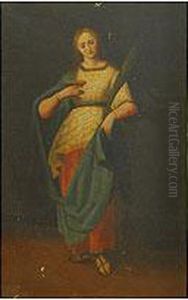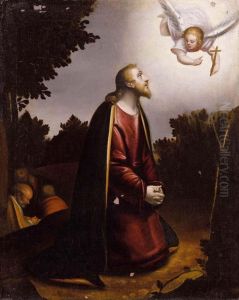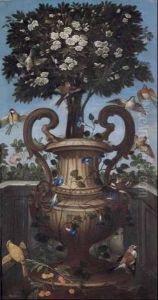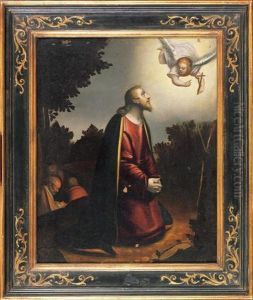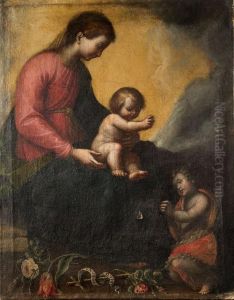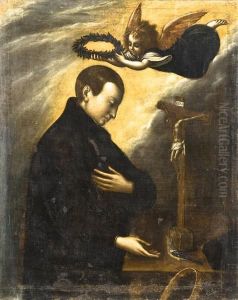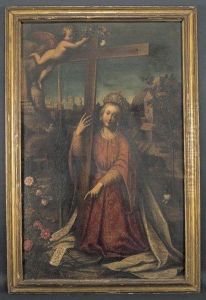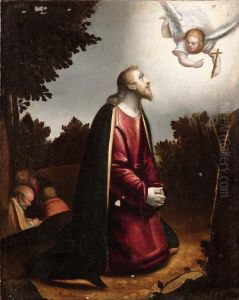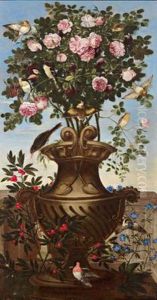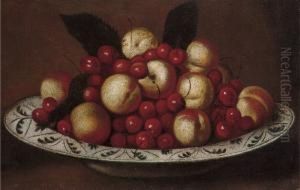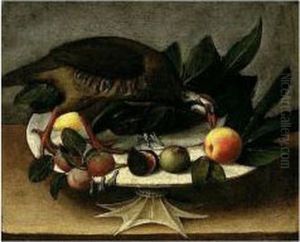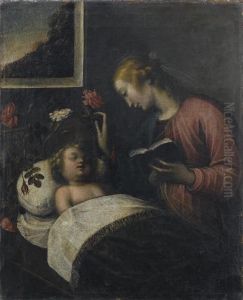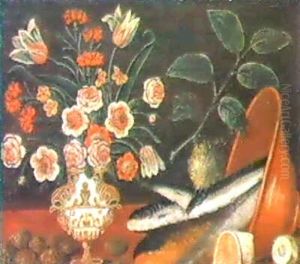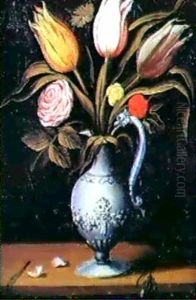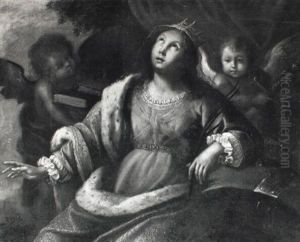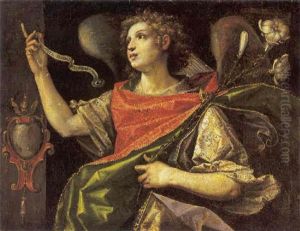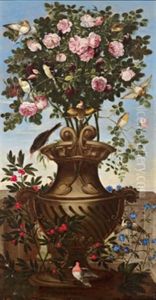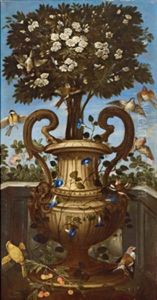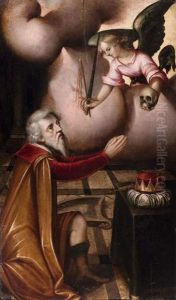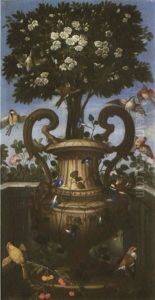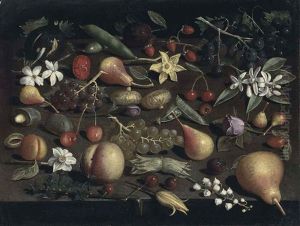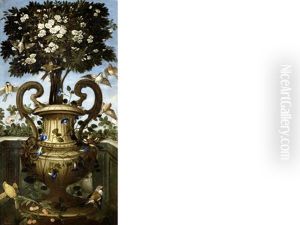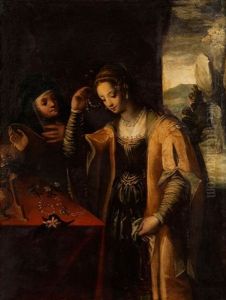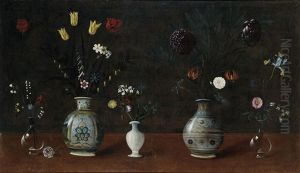Orsola Maddalena Caccia Paintings
Orsola Maddalena Caccia was a pioneering Italian painter of the Baroque era, known for her religious compositions, still lifes, and altarpieces. Born in Moncalvo, in the Duchy of Monferrato, she was the daughter of Guglielmo Caccia, a painter who was also known as 'Il Moncalvo'. Her father was a significant influence on her career; not only did he train her in art, but his workshop also provided a crucial platform for her development as an artist. Unlike many women artists of her time, who were limited to portrait painting, Caccia established herself in the broader art world through her diverse subjects.
Caccia took vows as a nun and spent a significant part of her life in the convent of Santa Chiara in Moncalvo, which her father established. Despite the constraints of her religious life, she managed to run a successful workshop within the convent. This workshop not only produced artworks for churches and patrons but also served as a training ground for other women, including her sisters and daughters, breaking gender barriers in the art profession of her time.
Her style is characterized by a combination of her father's Mannerist influences and the emerging Baroque sensibility, with a particular emphasis on clarity, emotion, and dramatic use of light. Caccia's works often featured religious themes, reflecting her deep faith and the primary market for her art. However, she was also one of the few female artists of her time to engage in still life painting, a genre that was beginning to gain popularity in the 17th century.
Orsola Maddalena Caccia's legacy is notable not only for her contributions to Baroque art but also for her role in promoting female artists during a period when women had limited opportunities to pursue a career in the arts. Despite her significant achievements, her work was relatively unknown until recent years, when renewed interest in female artists of the past has led to a reevaluation of her place in art history.
